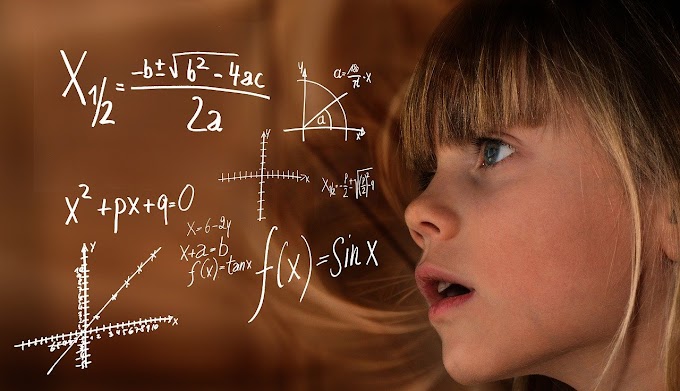The Major Technology Updates - Oct 2021
Samsung together with scientists from Harvard presented a new approach to reverse engineering the brain based on memory chips. The essence of the concept is expressed in just two words copy and paste, in this case copying of the map of neural connections of the brain is proposed to be carried out with the help of a revolutionary matrix of nano-electrodes. The scientist would then simply paste this map into a high density three-dimensional solid-state memory network with this approach, the authors propose to create a memory chip that will approach the unique computational capabilities of the brain. It will have low power consumption, be easy to learn, adapt to its environment and even be autonomous and support cognitive functions. Remember that so far all of this is beyond the reach of current technology.
Japan's Tetra Aviation has announced that it will begin delivering single-seat MK-5 vertical takeoff and landing electric aircrafts in late 2022, the device with a battery capacity of 13.5 kilowatt hours can carry a pilot with a paddle, of less than 91 kilograms for distances up to 160 kilometers and hit speeds of 160 kilometers per hour. The company recently showed another test of the MK – 5 SN – II prototype in the unmanned mode. There are currently some orders for the electric plane but only customers with a private pilot's license will be able to buy one this is due to the fact that Tetra Aviation is going to register the device as a homemade experimental model.
Engineers of the California Institute of Technology unveiled an updated Leo Robot with two legs and four propellers. The Leonardo robot uses synchronized control of thrusting propellers and leg joints to realize smooth transitions between flights and walking modes, it follows a smooth flight path to the landing point matches, the landing speed to the chosen walking speed and triggers the walking phase when at least one foot touches the ground. After landing, the robot continues walking tracking its trajectory and this allows Leo to skateboard and perform other tricks. The downside of this design is that it has to be very light which reduces the viability of the robot when walking and performing tasks. Also the thrusters are angled to the hull which reduces their effectiveness when flying and as a result a 2.5 kilogram robot can walk for three and a half minutes or fly for about 100 seconds but this project is evolving.
Autonomous racing drones have learned to traverse a forested area at 40 kilometers per hour conventional obstacle avoidance involves collecting data from sensors creating a map based on that data and finally making a plan based on that map. The approach works but it does take time so robotic engineers at the University Of Zurich partnered with Intel to develop a system in which the drone could perform a direct comparison of the input from the Intel Real Sense 435 stereo camera with real-time, collision-free trajectories, they were able to do this through simulation. The drone was trained like a real pilot trying to make mistakes gradually gaining speed and experience only in simulations and the engineers managed to make the transition from simulation to real conditions without losing the quality of training.
Researchers from the Massachusetts Institute of Technology have created a robotic system that could find small objects among haphazardly scattered things. The RF fusion system is a robotic arm with a camera and RF antenna attached to the grip. It combines signals from the antenna with visual data from the camera to locate and retrieve objects even if the object is buried under a pile of junk and completely out of sight of course. The task of finding lost keys is only an illustration of the system's capabilities however in the future it will be used for searching sorting and other tasks in warehouses and beyond.
DARPA will conduct another test of part of the offset program, it's quite experiment to simultaneously control a swarm of 200 robots and drones in urban environments and that only one operator will be responsible for all of their control. According to defense news American companies Northrop Grumman and Raytheon will participate in the experiment. Northrop Grumman will test the system which allows the operator to set tasks for unmanned systems with the help of sketches. On a tablet Raytheon’s role in the test has not yet been reported.
Robo Tire an automotive robotics company and automation startup out of Detroit has received 7.5 million dollars to develop its automatic tire changing system. The company plans to use the money to make its solution more accessible to consumers Robo tire's patented system reduces tire changing time to 15 minutes.
Follow us @ Facebook : Advanced Tech World
Read Also:
The Future Of Artificial Intelligence
What are BluePrism, Automation Anywhere & Ui-Path?
Why Don't We Have Smart Contact Lenses?
7 Things You Should Know Before Boarding A Flight
How Starlink Will Change The Future Of Internet?
Pulse Detonation Engine : The Future Of Space Programs - New!
United States Sixth Generation Fighter Aircraft - NGAD Program
Which Missile Defence System is better Russia's S-400 or THAAD of USA?
The Force Behind US Forces : DARPA (USA) - Explored
Airpods 3 | Facebook Rename | Lucy HF172555




